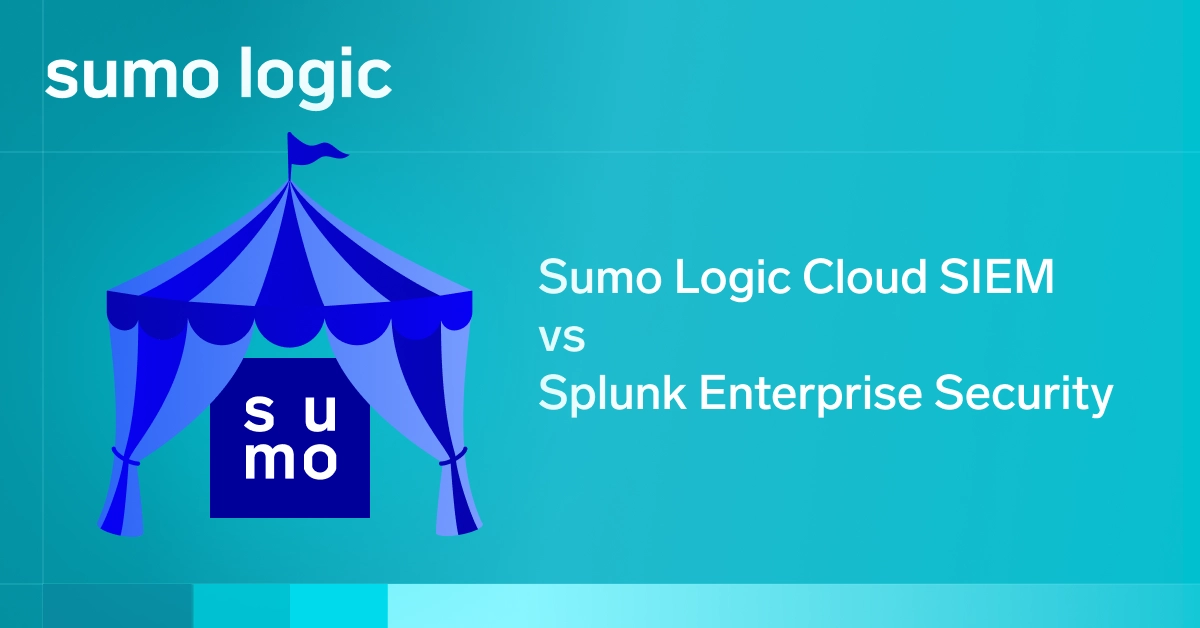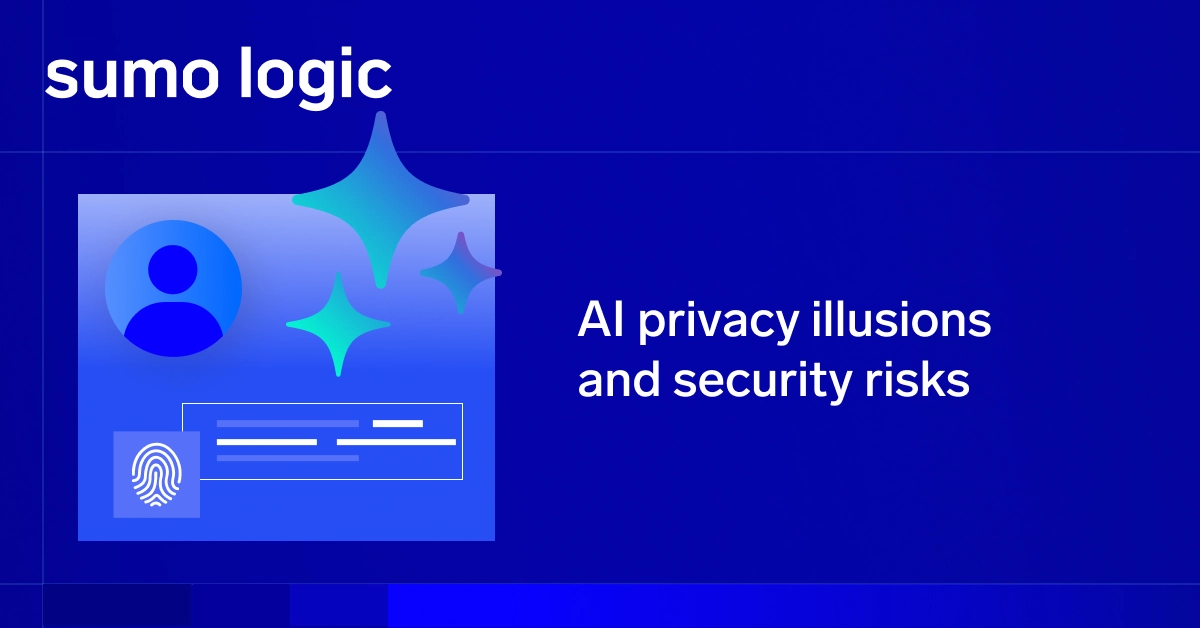
The demand for seamless user experiences and robust system reliability is at an all-time high, and businesses are racing to meet these expectations. But as system complexity increases, traditional monitoring tools are falling short.
Observability offers a paradigm shift. It goes beyond tracking metrics and provides deep insights to understand the “why” behind system behavior by parsing and contextualizing unstructured data.
Let’s dive into the key differences between monitoring and observability, explore the immense value observability brings, and highlight how cloud-native observability is revolutionizing the game.
Monitoring vs. observability: What’s the difference?
At its core, monitoring involves tracking predefined metrics and structured data. Imagine a car dashboard: it shows your speed, fuel level, and engine temperature. Traditional monitoring tools function similarly, focusing on metrics like CPU usage, memory consumption, and network throughput.
For example, monitoring tools will notify you if your CPU usage spikes to 99%. But what does that actually mean? Are users experiencing issues? Is the system about to crash? Monitoring can only tell you what is happening—it lacks the context to explain why it’s happening.
This is where observability takes center stage. Observability focuses on understanding your system’s internal state by analyzing both structured and unstructured data. Beyond numbers and metrics, it uses all available “digital exhaust” (with logs at the core) to paint a comprehensive picture of system health and behavior.
The value of observability: Seeing the whole picture in cloud-native environments
While monitoring helps detect issues as they arise, it’s often reactive, with teams scrambling to address problems after they occur. Observability, on the other hand, enables proactive problem-solving by providing deep insights into system behavior, allowing organizations to diagnose and prevent issues before they impact users.
Traditional monitoring tools struggle to keep up as modern systems grow increasingly complex—spanning microservices, serverless architectures, and hybrid and multi-cloud environments. Cloud-native observability bridges this gap by offering real-time, AI-driven insights tailored to today’s dynamic infrastructures.
- Analyzing unstructured data
Observability incorporates logs, metrics, traces, and even customer feedback to provide a comprehensive view of system behavior. For example, database error messages can reveal the cause of a failure, while user reports of slow load times can pinpoint performance bottlenecks. - Root cause analysis
Instead of merely addressing symptoms, Sumo Logic helps teams dive deep into system data to pinpoint the underlying cause of issues. This targeted approach reduces downtime and conserves valuable resources. - Real-time insights and AI-powered detection
Cloud-native environments change in milliseconds, requiring observability platforms that deliver instant insights. AI and machine learning enhance this process by detecting patterns, identifying anomalies, and setting dynamic alerts, ensuring teams respond to issues that truly matter. - Performance and scalability management
Observability supports continuous performance improvement by identifying why issues occur. Whether it’s a sudden surge in traffic or inefficient resource allocation, real-time insights help teams optimize system scalability and resilience.
By leveraging cloud-native observability, organizations gain a holistic, automated, and scalable approach to managing modern systems—ensuring efficiency, reliability, and a seamless user experience.
Derived customer value: Why observability matters
At its heart, observability is about delivering value to your customers. Here’s how:
- Enhanced user experience
Observability helps identify and resolve performance bottlenecks before they impact users. Whether it’s faster load times or smoother transactions, customers benefit from a seamless experience. - Reduced downtime
By pinpointing issues early, observability minimizes disruptions. Downtime can cost businesses millions, but with real-time insights, teams can act swiftly to prevent major outages. - Optimized resource allocation
Observability provides visibility into resource usage, helping organizations optimize their infrastructure and offer users a more stable and reliable experience. - Informed decision-making
With access to actionable insights, organizations can make data-driven decisions to improve the experience their systems, products, and services provide to their customers.

Read more in the Automation Anywhere case study.
Observability is the future
As digital systems continue to evolve, the limitations of traditional monitoring become increasingly apparent. Observability is no longer a luxury. It’s a necessity for businesses aiming to thrive in a competitive, customer-centric world. As businesses continue to adopt cloud-native architectures, the power of observability will only grow, reshaping how we think about system reliability and performance management.
By going beyond surface-level metrics, observability offers the insights needed to deliver exceptional user experiences, minimize downtime, and optimize operations. Discover how Sumo Logic empowers organizations to embrace the full potential of observability.
Are you ready to move beyond monitoring? Explore the power of observability with our 30-day free trial of Sumo Logic.



